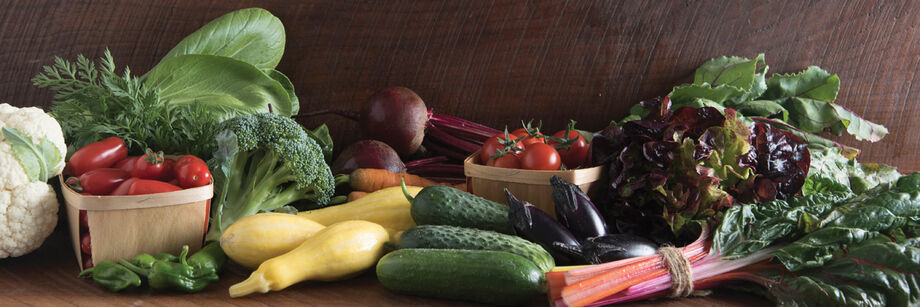Expiration Date vs Germination Rate


You buy a pack of seeds and some companies put a date on it--usually it will say "packed for growing season ????" or "use until December ????"
Many people take this to mean that on such and such a date the seeds will expire.
You might think that the seeds are good on the 31st of December and then on the 1st of January they are not any good.
It does not work this way with seeds.
With milk this might be true. It can be good one day and bad the next. I have found out, and probably some of you have as well, the hard way, as I take a swing of milk, spit it out hoping I have not poisoned myself and end up in the hospital. Actually there are no reported cases of death by drinking spoiled milk.
I would like to take a few minutes here to clear up some confusion on the expiration date vs germination rate that you see on packs of seeds.
Expiration Date Vs Germination Rate
First of all, there is no law that requires a "use by date" to be put on a pack of seeds. That is because seeds don't expire like milk does. It is nice to have a date on milk because it does expire.
Some companies do this but it is more of a marketing ploy than anything. It is like adding Non-GMO to seed packets.
It is more of a marketing ploy because there are only a few squash and corn types that are GMO (update 10/30/2024 -- this is no longer so. There are many more GMO types out there to include a tomato.)
And you have to be licensed to grow them. The every day gardener is not going to have access to them. (As of 7-25-2024 this is no longer true. There are many GMO seeds hitting the market that can be purchased by the home gardener.)
But once one seed company does it, the rest have to follow suit and put an expiration date their seeds. To me, putting this expiration date on the seeds is false advertising. It is one company trying to imply that their seeds are better than another companies' seeds (when they all pretty much all come from the same growers) because they expire on a certain date.
Expiration Date Vs Germination Rate
Seeds do not have an expiration date. If stored correctly, they can last hundreds of years. The Svalbard Global Seed Vault is one such place.
What seeds do have is a germination rate. This rate is figured by taking a sample of the seeds and planting them in a controlled lab, with the perfect environment, in order to find out how many seeds will germinate out of the sample. From this a rate is determined.
If I plant 18 seeds (which is what we usually do when we test germination rate) and 15 come up, then we say that we have a germination rate of 83%.
We say our seeds will have a germination rate of about 80%. Usually we have a rate of 90% or better. A few things like rosemary and stevia are less but we say it on the listing.
As a seller of seeds to home gardeners, there are no laws that require that I put the expiration date vs germination rate information on the seed packet.
However, seed breeders are required by law to do this and have to put it on the packaging so that when I buy it in bulk, I have an idea what the germination rate is.
Seeds do not expire but their germination rate, also called virility rate, does decline. You may have noticed that some varieties of seeds were not available this year (2021).
This is because they sold out in 2020 and breeders have to grow more. They will forecast and say that over the next number of years they will sell x number of seeds. They will grow enough to provide the demand for the next x number of years.
Then they will monitor the harvested crop by doing germination tests. Once the germination test drops below a certain point, they will grow more.
If the variety sells out before more are grown and harvested, then we have what we have been seeing for the first time in years--zero inventory. They do not grow every variety every year.
But they have no idea when they will hit this germination rate that is below standard. While there is a science behind it, it is not an exact science. And if something happens to the crop, then it will be even longer to get more stock.
The Fortex Pole Bean was one of these. The demand was way more than the supply in 2020. It ran out before a new crop could be grown.
Then the new crop was a failure so it was going to be even longer before the Fortex seed is available. It was available once again in 2024.
When I see a review on our seeds that says, "No date was on the packet so I do not know if they are any good", I tend to get a bit upset because we do not sell seeds that are bad.
We buy from reputable companies and pay a higher price for them just to make sure our customers are getting the best seeds available.
We do all of our own packing, in house. We don't send our seeds overseas to have them packed and then shipped back to us. There are several name brand seed companies doing this now. I will not say who they are but they grow in places such as India, Kenya and Jamaica just to name a few.
I hope this clears up some of the confusion out there.







Leave a comment